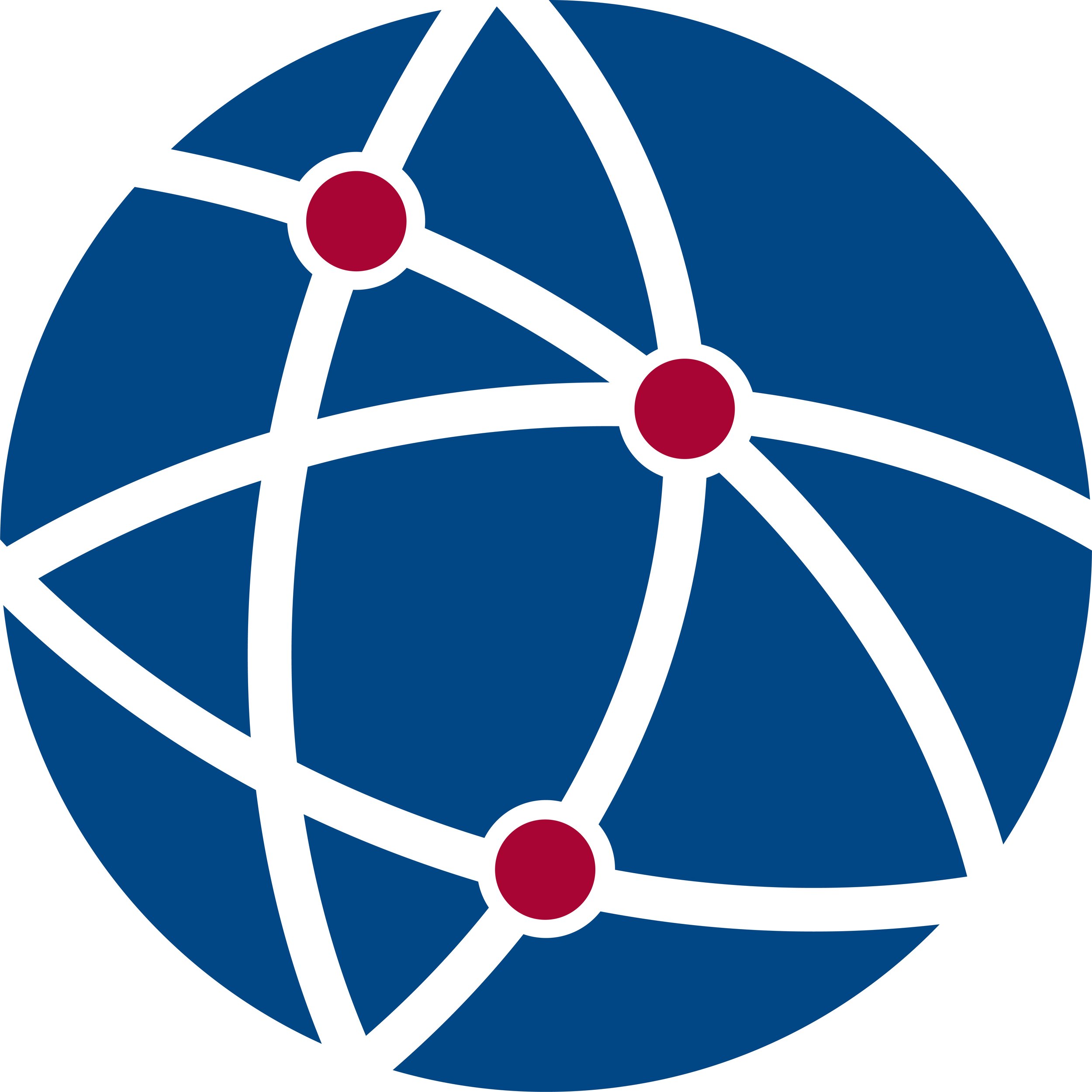
What is possibility development?
Possibility development is“the internal understanding of possibilities in one’s life and the developmental experience of actualizing them.”
Dr. Michael Nakkula, GPN Founder and Director
From Prevention to Invention:
The Birth of Possibility Development
Possibility development grew from Nakkula’s long-term project while at Harvard, Project IF: Inventing the Future. From 1993 to 2008, this counseling initiative challenged the rhetoric and practice of supporting urban youth from “prevention” programs to opportunities for “invention.” This model replaced a deficit-oriented approach with strengths-based interventions. Instead of focusing on the problems that led to their referral, Project IF challenged underperforming middle and high school students to articulate and assess their strengths, interests, and dreams. By bridging students’ current interests with their future goals, Nakkula and his team found opportunities for students to explore untapped possibilities while providing them with the necessary support to actualize their goals.
Nakkula’s Five-Step Model
-
What are my interests and dreams?
-
Why are my interests important to me?
-
How can I reach my goals? What are the necessary steps, and what would it take to accomplish it? What supports are needed to accomplish my goals?
-
What specific actions do I take?
-
How can I monitor and receive feedback on my progress?
Possibility mentoring is a specialized form of youth mentoring that combines a focus on relationship-building between the mentors and mentees with an exploration and pursuit of students’ interests and related goals. Stemming from experience implementing possibility mentoring and studying possibility development over time, Professor Nakkula developed a possibility mentoring model that includes the above five-step framework. These five steps are consistent with many aspects of counseling models for youth and adults, including cognitive behavior therapy, existential therapy, and person-centered therapy. Possibility mentoring integrates aspects of each of these therapeutic models to support students in pursuing short and long-term goals.
Possibility Development in Action
School District of Philadelphia
Over the past seven years, Penn GSE graduate students have been providing possibility mentoring to middle school students at two schools within the School District of Philadelphia. The mentoring is provided through a small-group format of 3-5 students per mentor. The sessions run once per week with an average of 25 sessions per academic year.
The five-step possibility mentoring model has been studied extensively over the past five years using an action research approach in which mentors are required to study their own mentoring processes, including the strategies they use, their perceptions of effectiveness and challenges in the work, and student progress toward pursuing their self-selected goals. Over this period of time, more than 500 middle school students have been served with the mentoring approaches, and student progress has been studied deeply. The following themes have been extracted through those studies: Early resistance is common and must be addressed relationally; more than 85% of the students clarify their interests over time; more than 70% of the students create short and longer-term goals related to their prioritized interests; of the students who create longer-term goals, nearly all of them make some degree of progress in acting on them with mentor and peers support; and students tend to make the greatest progress when the work toward their goals concludes with a public presentation to audiences of adults and peers, including presentations at the participating university.
Based on results from the possibility mentoring case studies, the model has been replicated on a small scale in Brazil with positive results, and is being prepared for implementation in different regions in China over the coming year. Case studies from the action research approach have been completed and are under review for publication.
